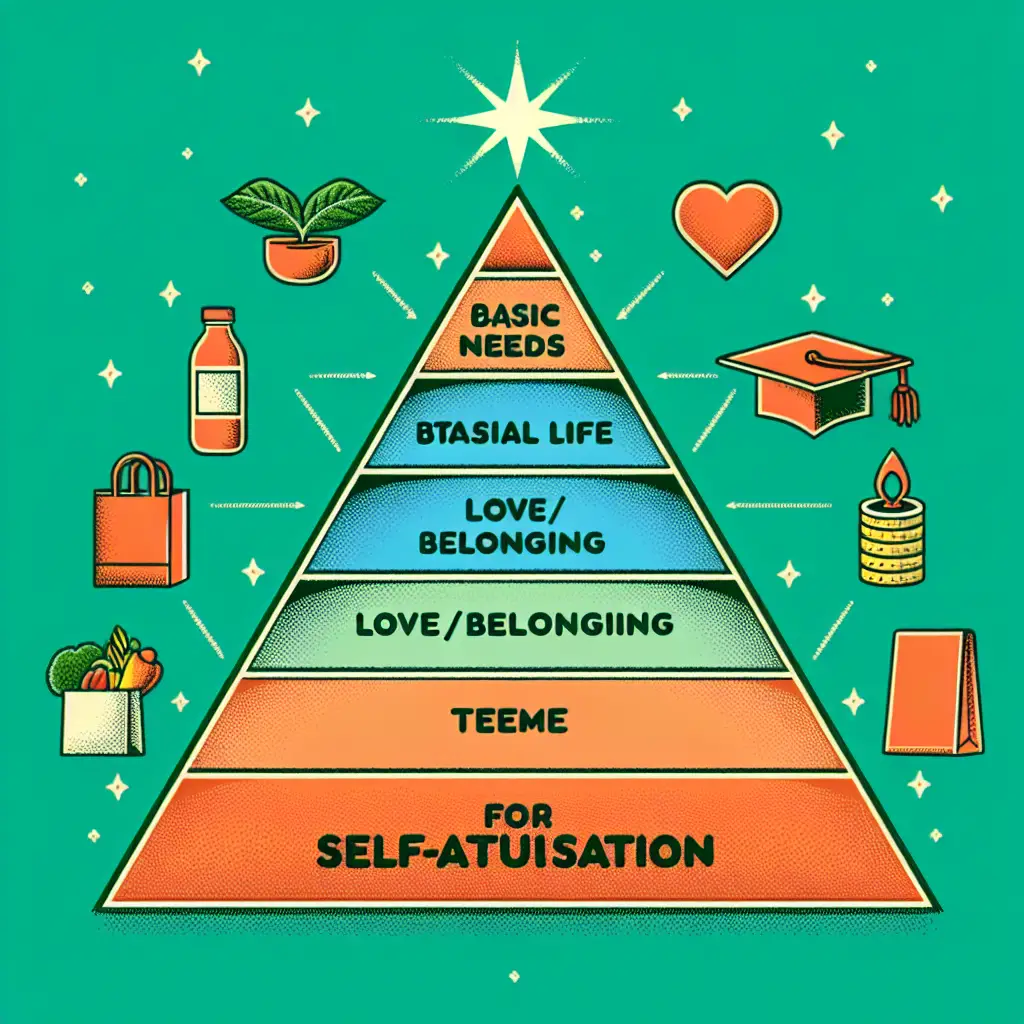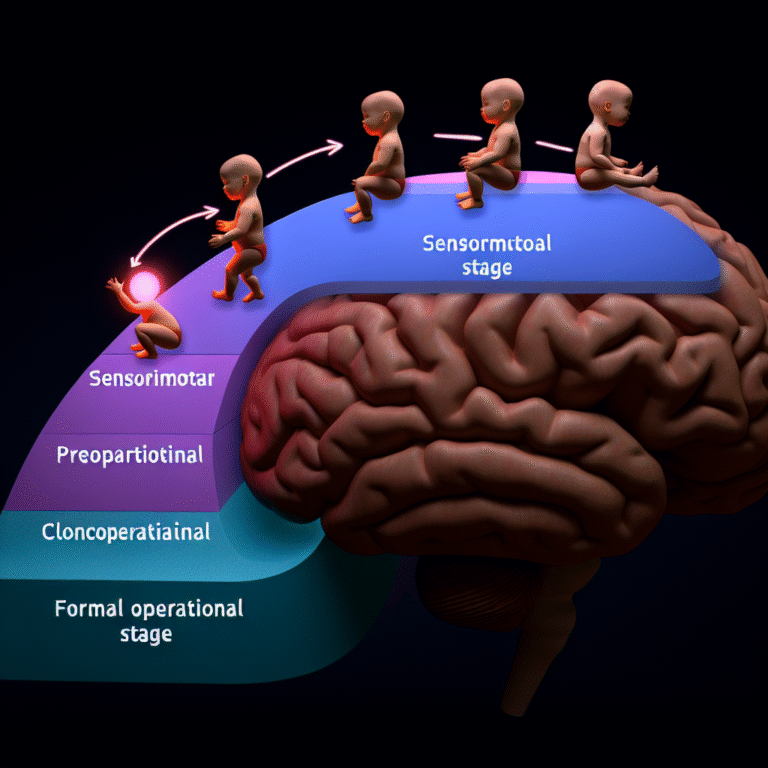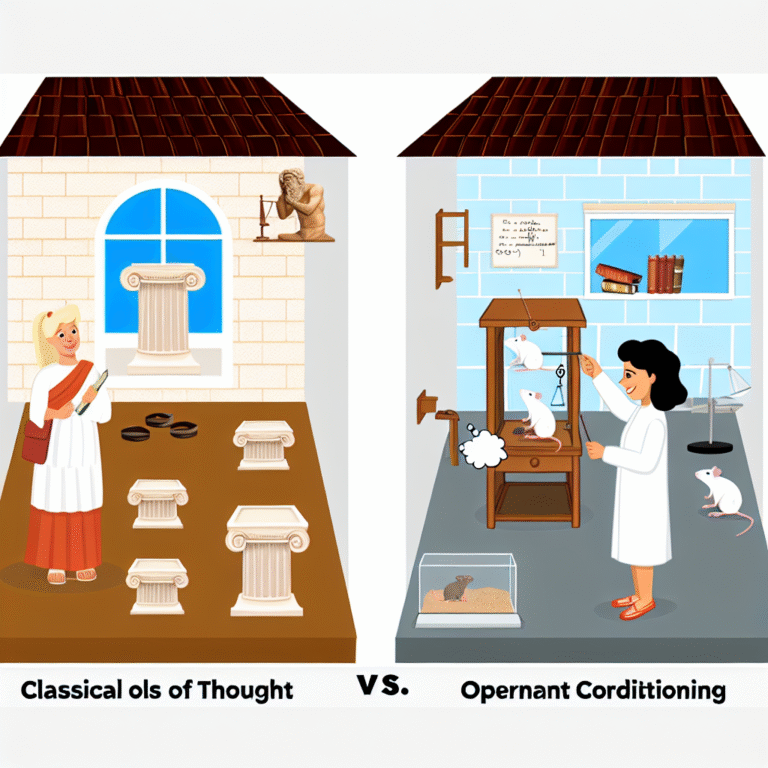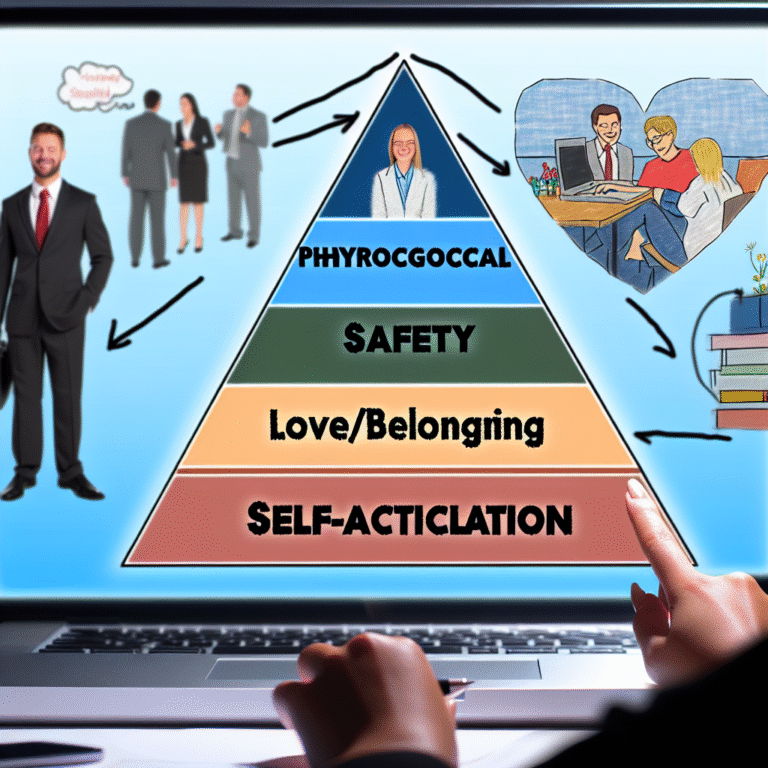
From Basics to Self-Actualization: Navigating Maslow’s Hierarchy in Everyday Life
Introduction
Imagine climbing a mountain. Each step is essential; without the right footholds, achieving the peak becomes nearly impossible. This metaphor mirrors the experience of navigating Maslow’s Hierarchy of Needs—a fundamental theory in psychology that provides a roadmap to understanding human motivation and personal development. From the basics of survival to the heights of self-actualization, this journey can lead not only to fulfillment but also to a richer, more meaningful life. In this article, we will explore From Basics to Self-Actualization: Navigating Maslow’s Hierarchy in Everyday Life, offering practical insights and strategies to help you scale your own mountains.
Understanding Maslow’s Hierarchy: A Brief Overview
At the heart of Maslow’s theory lies a pyramid of five levels, each representing different human needs:
- Physiological Needs: The foundation of the pyramid encompasses basic life essentials, such as air, food, water, and shelter.
- Safety Needs: Once physiological needs are met, safety and security come into play. This includes personal security, financial stability, and health-related concerns.
- Love and Belonging: Social connections thrive at this level. Friendships, family relationships, and romantic bonds become vital.
- Esteem Needs: Here, we seek recognition and respect from others while also fostering self-esteem and personal worth.
- Self-Actualization: At the peak of the pyramid, self-actualization is about realizing one’s potential, pursuing creativity, and seeking personal growth.
A Comprehensive Case Study: The Corporate Journey
Consider the case of Company X, a tech startup that initially focused solely on meeting the basic physiological and safety needs of its employees, including fair wages and health benefits. Over time, inspired by Maslow’s Hierarchy, the company recognized that fostering a deeper sense of belonging and esteem could enhance its workforce’s productivity and morale.
- Action Taken: Company X implemented team-building exercises, mentorship programs, and recognition awards to fulfill employees’ social and esteem needs.
- Outcome: As employees’ spirits lifted, the company reported a 20% increase in productivity and a significant decline in turnover rates. This progression illustrates how addressing higher-level needs can lead to tangible benefits, showcasing that From Basics to Self-Actualization: Navigating Maslow’s Hierarchy in Everyday Life can create thriving environments, both personally and professionally.
The Role of Motivation in Maslow’s Hierarchy
Understanding what drives us to climb higher in this hierarchy is critical. The motivation to advance through the levels is unique to each individual but is profoundly influenced by life experiences, personal goals, and societal expectations. Are you looking to find love? Seeking stability in your career? Or perhaps yearning to express your creativity? Each of these motivations compels individuals to meet their needs sequentially, ensuring a solid foundation for sustained growth.
Navigating the Levels of Maslow’s Hierarchy in Everyday Life
Level 1: Physiological Needs
The most fundamental human needs to survive must be addressed first. Before you can think about love or career aspirations, ensure you have access to food, water, and shelter.
Practical Strategies:
- Budgeting for Essentials: Create a financial plan that prioritizes spending on basic needs.
- Health Checkups: Regular medical checkups ensure you’re physically fit, allowing for a focus on higher-level needs.
Level 2: Safety Needs
Once physiological needs are secured, the focus shifts to feeling safe. This encompasses emotional safety, financial stability, and overall well-being.
Practical Strategies:
- Emergency Funds: Start saving to create a buffer against unexpected expenses.
- Creating Safe Spaces: Develop environments, whether at home or work, that promote security and peace of mind.
Level 3: Love and Belonging
Social connections enrich our lives, providing the love and acceptance we crave.
Practical Strategies:
- Building Relationships: Invest time in nurturing friendships and family ties.
- Join Groups: Engage in community events or interest-based clubs to foster connections.
Level 4: Esteem Needs
Addressing esteem involves building self-respect and gaining acknowledgment from others.
Practical Strategies:
- Set Achievable Goals: Break down larger aspirations into smaller, reachable objectives to build confidence.
- Seek Feedback: Encourage constructive criticism to improve and gain recognition for your efforts.
Level 5: Self-Actualization
At this level, individuals strive to reach their fullest potential. This is about pursuing passions, creativity, and personal growth.
Practical Strategies:
- Continuous Learning: Enroll in courses or workshops that ignite your interests.
- Set Creative Challenges: Allow yourself to explore new hobbies or artistic pursuits.
The Impact of Self-Actualization in Everyday Life
Case Study: Sarah’s Journey to Self-Actualization
Sarah, a marketing executive, had always focused on the first four levels of Maslow’s Hierarchy throughout her career. After feeling unfulfilled despite her success, she realized she hadn’t tapped into her creative potential.
- Action Taken: Sarah began a journey of self-discovery by taking painting classes and writing workshops, exploring her passions beyond her professional life.
- Outcome: Not only did she find joy in self-expression, but her renewed vigor also translated into her work life, leading to innovative campaign ideas for her company.
This example illustrates that From Basics to Self-Actualization: Navigating Maslow’s Hierarchy in Everyday Life can yield transformative results, emphasizing the importance of personal fulfillment beyond mere survival or success.
Essential Tools for Navigation
To truly grasp the essence of navigating Maslow’s Hierarchy, consider the following tools and techniques:
Self-Reflection Journals
Writing daily reflections helps in identifying which needs are met and which require attention. This practice can guide you to prioritize your focus effectively.
Vision Boards
Creating visual representations of your goals fosters motivation and clarity about your aspirations. This technique supports your journey toward self-actualization.
Mindfulness Practices
Engaging in mindfulness can enhance self-awareness, providing the clarity needed to navigate Maslow’s levels with intention and purpose.
Conclusion
Navigating the journey from basics to self-actualization is not a linear process. Life’s complexities often mean that we may need to revisit earlier stages before achieving higher levels of fulfillment. By understanding From Basics to Self-Actualization: Navigating Maslow’s Hierarchy in Everyday Life, you empower yourself with knowledge and tools to construct a more enriching existence. It’s important to acknowledge that this journey requires patience, resilience, and an openness to exploring various facets of life.
As you take steps towards fulfilling your potential, remember: the peak of your personal mountain awaits, filled with self-discovery, creativity, and inspiring connections. Embrace the adventure!
FAQs
1. What is Maslow’s Hierarchy of Needs?
Maslow’s Hierarchy is a psychological theory that categorizes human needs into five levels, from basic (physiological) to advanced (self-actualization) needs.
2. How can I apply Maslow’s Hierarchy in my daily life?
Start by assessing your current needs; ensure you’re meeting basic needs before moving to social connections, self-esteem, and potential fulfillment.
3. What if I struggle with a specific level of needs?
It’s common to face challenges at different levels. Focus on fulfilling the unmet needs, possibly with the help of professionals or support systems.
4. Can I skip levels in the hierarchy?
While it’s possible to experience and strive for higher-level needs without fully satisfying lower ones, Maslow’s model suggests that higher-level needs often won’t be prioritized until basic needs are met.
5. How does self-actualization affect my well-being?
Self-actualization promotes a sense of fulfillment and purpose, leading to a more meaningful and satisfying life experience.
By embracing the principles of From Basics to Self-Actualization: Navigating Maslow’s Hierarchy in Everyday Life, you can unlock the full spectrum of what it means to be truly human. Whether you’re on the first step of the pyramid or nearing the peak, each level holds the key to a richer, more vibrant life. Let the journey begin!
















